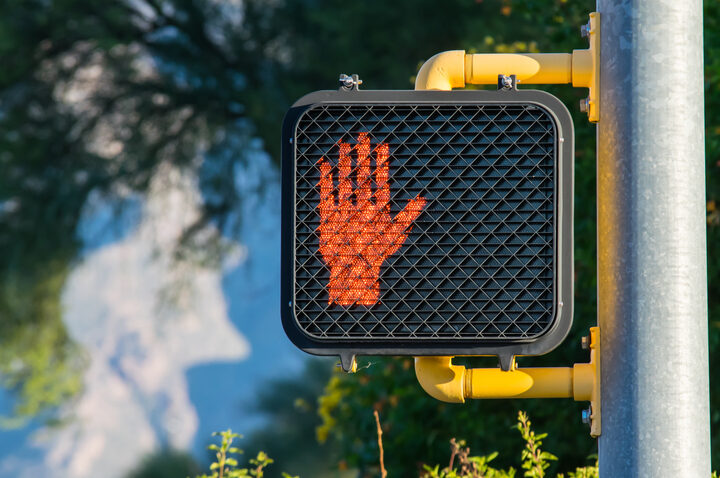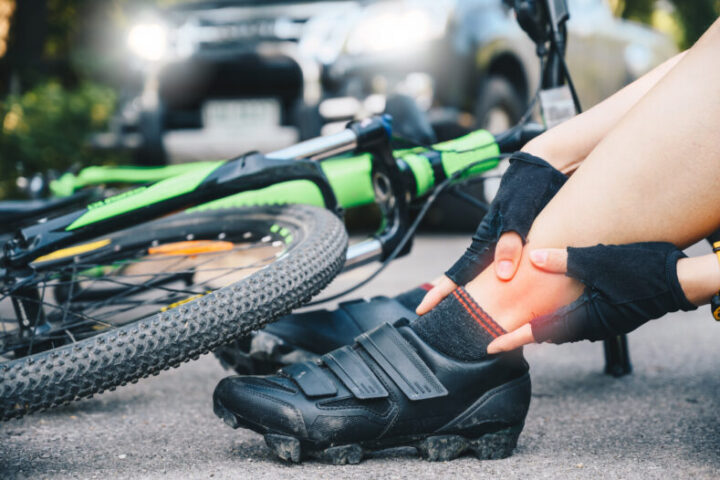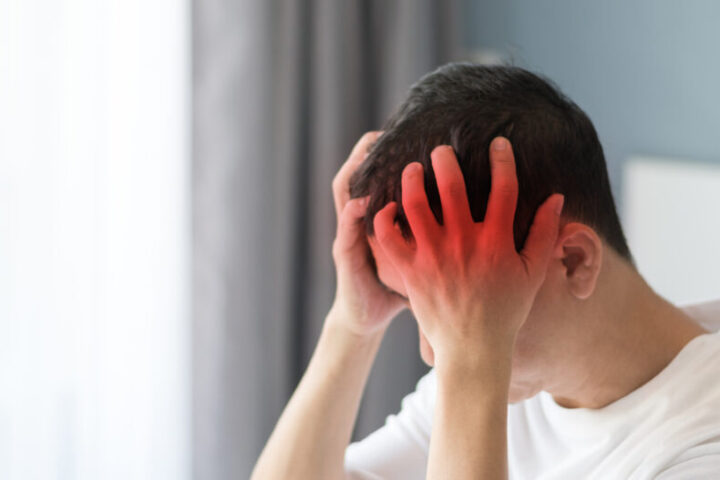Hit and Run Accident California

If you’ve been injured in a hit-and-run accident in California, it’s natural to feel shocked. Being involved in any type of collision is distressing, but it’s even more stressful if the other party flees the scene.
Unfortunately, it happens more often than you might think. According to the National Highway Traffic Safety Administration (NHTSA), there were more than 2,500 fatalities in crashes involving hit-and-run drivers in 2020. This number is 26% higher than the previous year.
Hit-and-run collisions can also result in injuries, ranging from mild cuts and scrapes to serious conditions. Knowing how to act immediately after this type of accident is critical to ensuring your safety. Today, we’re sharing what to do if you ever find yourself in this upsetting situation.
What Is a Hit-and-Run Accident?
Despite the term, hit-and-run doesn’t always mean that the other driver immediately takes off after a collision. Rather, this is an accident in which at least one person involved in the crash leaves without taking the following actions:
- Offering aid or assistance
- Reporting the crash to the authorities
- Exchanging information with the other driver
In most states, this negligent act is considered illegal, regardless of whether the fleeing driver is at fault or not. Unless the authorities can identify the individual, you could be stuck paying for any expenses that occur as a result of the crash.
Some insurance policies, including full-coverage auto insurance and uninsured motorist coverage, may kick in to help cover personal injuries, as well as property damages. An experienced personal injury attorney can help you file a car accident claim to jumpstart that process.
Steps to Take After a Hit-and-Run Accident
Immediately after a hit-and-run accident, there are certain steps that you should take as soon as possible. Let’s take a look at what to do.
1. Check For Injuries
Before doing anything else, your first step should be to check for injuries on yourself and any others impacted by the collision. If you or another passenger are injured, call 911 immediately. The law enforcement personnel you speak to can help you arrange emergency medical assistance.
Car accident injuries can vary, but almost all of them require some type of medical attention. There are common injuries, such as whiplash, that are not immediately apparent, but can have serious implications down the road.
2. Move Your Vehicle (If Necessary)
After a car accident, it’s also important to get your car out of harm’s way. If it’s located in a dangerous position, move it as soon as it’s safe to do so.
Make sure there’s no incoming traffic, and then move the car to a safe location. This helps lower the risk of causing another collision.
3. Capture Key Information
If the other driver sticks around for even a few minutes, you may still be able to obtain some valuable information. Images and videos can capture important details about the other vehicle, such as:
- Make
- Model
- Color
- License plate number
- Identity of the driver
- Direction of travel
Write down any details you see, as soon as you notice them. If you have your phone nearby, take pictures and videos of the scene of the crash. Don’t assume that you’ll be able to rely on your memory later, as those recollections could be fuzzy down the road when the shock wears off.
4. Gather Witness Information
Even if the other driver leaves the scene of the accident, there may still have been eyewitnesses who saw the events that occurred before, during, and after the crash.
If there are any witnesses nearby, ask if they would be willing to give a statement to the police. Also, remember to get their contact information. Your car accident lawyer may contact them later to learn more about the events that occurred.
5. Call the Police
As mentioned, you should call the police immediately if anyone is injured in the accident. However, it’s still important to notify them, even if everyone is OK. Go ahead and place the call as soon as you’ve checked for injuries, and don’t wait too long.
When they arrive on the scene, they can create an official police report detailing your case. The insurance company will review this report when calculating your car accident settlement. Your attorney can also use it to understand the full breadth of the collision and ensure you’re receiving an adequate payout.
You can request a copy of the police report for your own records, too. In California, police reports are considered public records in accordance with the California Public Records Act. You can contact your city’s local police department to place the request.
6. Hire a Car Accident Attorney
Finally, it’s always in your best interest to hire an experienced car accident attorney if you’ve suffered any type of personal injury or property damage in a hit-and-run. A skilled personal injury lawyer will fight for your rights and make sure your settlement is sufficient to cover the full extent of your damages.
In addition, your lawyer can also serve as your representative when contacting and negotiating with the insurance agency. Hit-and-run accidents can be particularly tricky, especially if the other driver’s identity is never determined. An experienced lawyer will know who to speak to, which forms to complete, and how to optimize the outcome of your case.
Were You in a Hit-and-Run Accident in California?
It can be traumatic to experience any type of car accident. It’s especially upsetting when you feel as though you’re forced to face it alone. A hit-and-run accident in California can leave you feeling frustrated, confused, and unsure what to do next.
If you ever find yourself in this situation, keep these six steps in mind and remember to reach out to a car accident attorney who can represent your best interests. At Sierra Accident Lawyers, we specialize in car accident claims, and we’re here to help. Contact us today for a free case evaluation.


